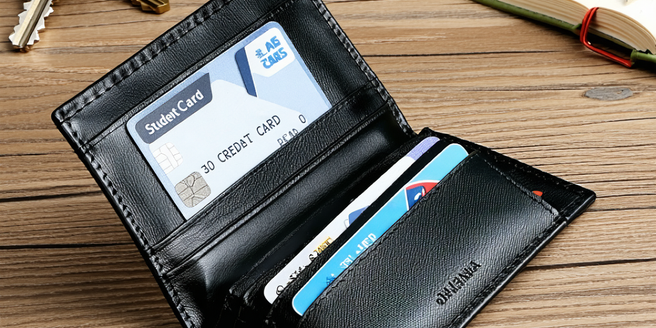
Understanding Student Credit Cards
Student credit cards are designed to offer young adults a way to build their credit history while managing finances responsibly. These cards often come with lower credit limits and simpler terms, making them an ideal starting point for beginners. Understanding how student credit cards work is crucial in harnessing their benefits. They operate on the principle of borrowing and repaying funds, where timely payments can significantly boost a credit score. It’s important to know the interest rates associated with these cards, as high interest can lead to larger debt if balances are not paid in full. Many student cards also offer rewards and cash-back incentives which can be beneficial if managed properly.
Why Credit Scores Matter for Students
Credit scores are more than just numbers; they reflect a student’s financial responsibility and impact their future borrowing capabilities. A robust credit score can facilitate better loan terms, apartment rentals, and even job opportunities. For students, starting early is key. Managing credit cards responsibly by making timely payments and maintaining low balances will steadily improve credit scores. Financial habits formed during student years set the foundation for future financial health. Understanding the factors that influence credit scores, like payment history and credit utilization rate, empowers students to make informed financial decisions. Educating oneself on how to check and interpret credit scores is equally important for maintaining an accurate financial reputation.
Choosing the Right Student Credit Card
Selecting the right student credit card involves evaluating features such as fees, rewards, and interest rates. Students should look for cards with no annual fees and those offering student-focused benefits like cashback on textbooks or transport expenses. Low interest rates are also crucial in minimizing debt. Some cards offer special perks like purchase protection or travel insurance, which can be advantageous. It’s important to compare different options and read reviews to understand user experiences. Seeking advice from financial advisors or trusted family members can also guide students in making informed decisions. Research and careful assessment ensure a card that aligns well with a student’s financial needs.
Tips for Responsible Credit Card Use
Responsible credit card use is key to avoiding debt and building a positive credit history. Students should aim to pay their balance in full each month to avoid interest charges. Setting up automatic payments can ensure bills are paid on time. Understanding the terms and conditions, including interest rates and fees, is crucial in avoiding unexpected costs. Keeping track of spending by using budgeting apps can help students stay within their financial limits. It’s also advisable to check credit statements regularly for unauthorized transactions. Developing disciplined financial habits early on sets a stable financial path for the future.
Creating a Student-Friendly Budget
Creating a student-friendly budget involves balancing income with expenses to ensure financial stability throughout college. Begin by listing monthly income sources, including part-time jobs and allowances. Next, categorize expenses into necessities like rent, food, and transport, and allocate funds for each category. Prioritize savings, even if starting small, as it instills essential saving habits. Use tools like budgeting apps to track spending and make adjustments as needed. Avoid impulse purchases and distinguish between needs and wants. Regularly review and adapt the budget to reflect any financial changes. A well-planned budget helps in avoiding debt and managing finances effectively.
Balancing Savings and Spending
Balancing savings and spending is essential for maintaining financial health as a student. Start by setting clear savings goals, such as building an emergency fund or saving for a significant purchase. Allocate a portion of income for these goals in the budget. Distinguishing between necessary and discretionary spending can aid in cutting back on non-essential purchases. Understanding the opportunity costs of spending money now versus saving for future needs is critical. Consider using percentage-based methods like the 50/30/20 rule to allocate income effectively. By practicing mindful spending and prioritizing saving, students can achieve financial equilibrium and avoid unnecessary financial stress.
